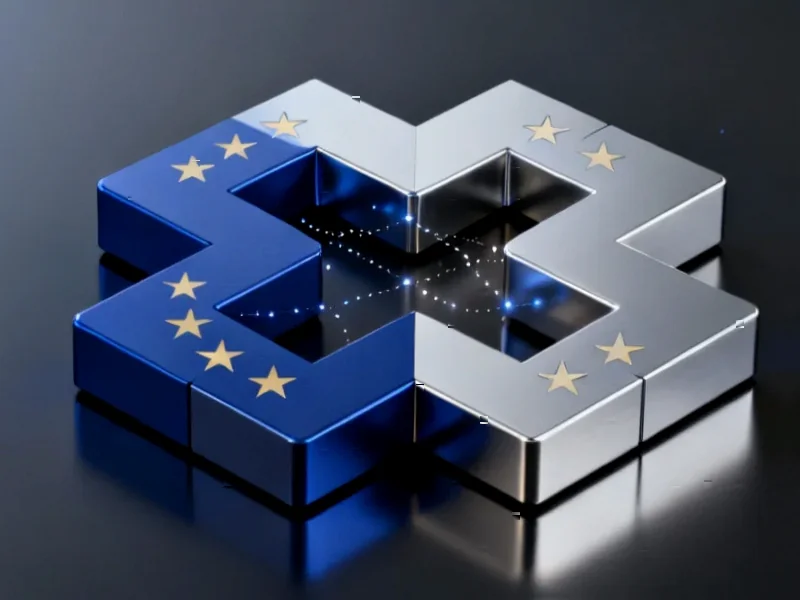Major European Space Consolidation
Europe’s three largest aerospace manufacturers—Airbus, Leonardo, and Thales—have finalized an agreement to combine their space divisions into a single entity, according to reports. The consolidation creates what industry analysts suggest could become a significant competitor to American space company SpaceX, particularly in the satellite communications market.
Table of Contents
Ownership Structure and Operations
The newly formed company, which remains unnamed, will be headquartered in France and employ approximately 25,000 people, sources indicate. Ownership stakes are reportedly divided with Airbus holding 35 percent, while both Leonardo and Thales will each control 32.5 percent. The arrangement positions the venture as what the companies describe in a joint statement as a “leading European player in space.”
Strategic Objectives
Executives from the three companies state that the primary motivation behind the merger is to strengthen Europe’s space sovereignty and develop competitive space-based capabilities. The report states that the entity aims to challenge SpaceX’s Starlink satellite communications network while enhancing European security and defense capabilities in space.
“This proposed new company marks a pivotal milestone for Europe’s space industry,” the companies wrote in their joint statement. “It embodies our shared vision to build a stronger and more competitive European presence in an increasingly dynamic global space market.”
Operational Approach
Unlike many mergers that involve consolidation of facilities, sources indicate there are no planned site closures. Each company’s home country will maintain its existing capabilities, with the new entity operating as a standalone business. Industry observers describe the arrangement as resembling an extremely well-financed startup rather than a traditional corporate merger.
The companies suggest that by pooling talent, resources, expertise, and research capabilities, the new venture will focus initially on developing more efficient satellite manufacturing processes. This approach, analysts suggest, could help the European consortium compete more effectively in the global space market.
Background and Timeline
Discussions about combining space operations have been ongoing since 2019, according to reports. While regulatory approval remains pending, the companies reportedly expect the new entity to become operational by 2027. The merger represents a significant shift in European aerospace dynamics, particularly given that Thales and Airbus have historically been competitors in satellite markets.
Competitive Landscape
The European consolidation comes as SpaceX continues development of its Starship super-heavy lift vehicle and expands its Starlink satellite constellation, though recent reports indicate the latter project has encountered delays. The combined European entity, with its substantial workforce and pooled technical expertise from three established aerospace leaders, could potentially challenge SpaceX’s dominance, according to industry analysis.
The success of this European venture remains to be seen, but the consolidation represents one of the most significant structural changes in the global space industry in recent years, potentially reshaping competitive dynamics in the rapidly evolving space economy.
Related Articles You May Find Interesting
- Advanced Power Technologies Address Surging AI Server Energy Demands
- Rivian Trims Workforce by 600 in Latest Restructuring Move Amid R2 SUV Developme
- Forbes Editor Iain Martin Recognized for Tech Industry Coverage and Leadership P
- AI News Assistants Prone to High Error Rates, International Study Reveals
- NordVPN Introduces DNS-Based Adult Content Filter Amid Age Verification Concerns
References
- http://en.wikipedia.org/wiki/Airbus
- http://en.wikipedia.org/wiki/SpaceX
- http://en.wikipedia.org/wiki/Thales_Group
- http://en.wikipedia.org/wiki/Aerospace_manufacturer
- http://en.wikipedia.org/wiki/Leonardo_S.p.A.
This article aggregates information from publicly available sources. All trademarks and copyrights belong to their respective owners.
Note: Featured image is for illustrative purposes only and does not represent any specific product, service, or entity mentioned in this article.



